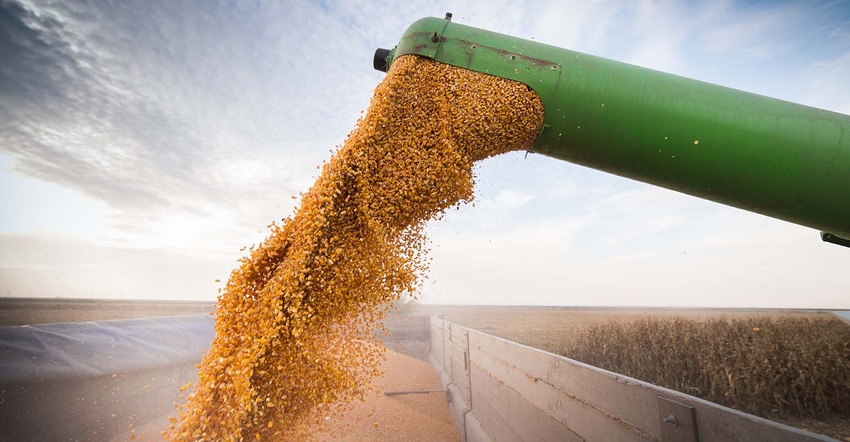
Updated 9:56 a.m. CST Jan. 4, 2019
Anyone who’s visited USDA’s website in the past few days gets a not-so-subtle reminder that the federal government has been partially shut down for nearly two weeks. The homepage message states: “This website will not be updated during a lapse in federal funding. Content on this website will not be current or maintained until funding issues have been resolved.”
Some critical agency processes, such as grain export inspections and meat/poultry/egg inspection services, have continued since the shutdown began in late December. (Click here to see the full list of ongoing USDA activities.)
Other USDA functions, including its weekly export sales reports, have gone dark until federal funding is resolved and secured.
Reuters reported Friday morning USDA will delay several major U.S. and world crop reports that were scheduled for release on Jan. 11 due to the partial government shutdown. The new release date of the reports will be determined once government funding is restored, USDA said in a statement.
Six significant reports were waylaid, including:
World Agricultural Supply and Demand Estimates – ERS
World Agricultural Production – FAS
Grains: World Markets and Trade – FAS
Oilseeds: World Markets and Trade – FAS
Cotton: World Markets and Trade – FAS
Meat Price Spreads – ERS
Grain traders and others anxiously await this flurry of early January reports, which give critical updates on U.S. grain stocks, a recap of winter wheat acreage and final U.S. crop production data for 2018. WASDE also provides updated corn and soybean production estimates from Brazil and Argentina – currently two of the top U.S. grain export competitors.
USDA normally does its survey work for these reports in the first two weeks of December, so the data collection part of the job is finished, notes Farm Futures senior grain market analyst Bryce Knorr. The trouble instead is the current standoff between congressional leaders and President Donald Trump over proposed border wall funding.
“We’ve been through these shutdowns before, which is allowing the market so far to take the lack of USDA data mostly in stride,” he says. “Of course, many traders were off for the holidays, which kept the market from getting too spooked by anything.”
Wire agencies continue to survey analysts, including Farm Futures, for estimates on these reports and others already postponed, such as Wednesday’s soybean crush release, Knorr adds.
“Most in the trade believe corn and soybean crops were smaller than previously reported, with winter wheat seedings also likely hurt by bad weather and fall harvest delays,” he says. “Coupled with a dry December in Brazil, this could keep funds from thinking about aggressive bearish moves.”
Charts are also looking relatively friendly, Knorr says. This could spur short-covering in soybeans and wheat at the least. Corn and soybean futures both held a test of their channels off September lows, and March beans broke above their 50-day moving average yesterday. Wheat futures are also trying to shake off short-term downtrends. Technical strength tends to build on itself, especially in the absence of fundamental news, Knorr says.
“In the meantime, farmers who belie government reports are getting their wish,” Knorr says. “Critics of USDA’s releases believe the market could function better without the government’s numbers, and now we are about to find out if that indeed is true.”
And amid the absence of official agency export data, Bloomberg reports that China’s largest food company Cofco Corp and/or state stockpiler Sinograin could be primed to make additional purchases of U.S. soybeans, as interest heats up ahead of face-to-face negotiations between the U.S. and China planned for next week. Cofco, in particular, was rumored to have been asking for prices regarding potential purchases for delivery in February or March.
About the Author(s)
You May Also Like






